HYDROMORPHONE - ORAL
PHONETIC PRONUNCIATION: (hye-droe-MOR-fone)
COMMON BRAND NAME(S): Dilaudid
GENERIC NAME(S): hydromorphone HCl
Uses
USES: This medication is used to help relieve moderate to severe pain. Hydromorphone belongs to a class of drugs known as opioid (narcotic) analgesics. It works in the brain to change how your body feels and responds to pain.
How to use HYDROMORPHONE - ORAL
HOW TO USE: Read the Medication Guide provided by your pharmacist before you start taking hydromorphone and each time you get a refill. If you have any questions, ask your doctor or pharmacist. Take this medication by mouth as directed by your doctor. You may take this drug with or without food. If you have nausea, it may help to take this drug with food. Ask your doctor or pharmacist about other ways to decrease nausea (such as lying down for 1 to 2 hours with as little head movement as possible). If you are using the liquid form of this medication, carefully measure the dose using a special measuring device/spoon. Do not use a household spoon because you may not get the correct dose. Do not confuse the dose of hydromorphone liquid in milligrams (mg) with the dose in milliliters (mL). Ask your pharmacist or doctor if you are not sure how to check or measure the dose. If your liquid is a suspension, shake the bottle well before each dose. The dosage is based on your medical condition and response to treatment. Do not increase your dose, take the medication more frequently, or take it for a longer time than prescribed. Properly stop the medication when so directed. Pain medications work best if they are used when the first signs of pain occur. If you wait until the pain has worsened, the medication may not work as well. If you have ongoing pain (such as due to cancer), your doctor may direct you to also take long-acting opioid medications. In that case, this medication might be used for sudden (breakthrough) pain only as needed. Other pain relievers (such as acetaminophen, ibuprofen) may also be prescribed. Ask your doctor or pharmacist about using hydromorphone safely with other drugs. This medication may cause withdrawal reactions, especially if it has been used regularly for a long time or in high doses. In such cases, withdrawal symptoms (such as restlessness, watering eyes, runny nose, nausea, sweating, muscle aches) may occur if you suddenly stop using this medication. To prevent withdrawal reactions, your doctor may reduce your dose gradually. Ask your doctor or pharmacist for more details, and report any withdrawal reactions right away. When this medication is used for a long time, it may not work as well. Talk with your doctor if this medication stops working well. Though it helps many people, this medication may sometimes cause addiction. This risk may be higher if you have a substance use disorder (such as overuse of or addiction to drugs/alcohol). Take this medication exactly as prescribed to lower the risk of addiction. Ask your doctor or pharmacist for more details. Tell your doctor if your pain persists or worsens.
Side Effects
Precautions
Interactions
Overdose
Images
Reviews
Faq for HYDROMORPHONE - ORAL
Hydromorphone is a potent opioid pain medication used to treat moderate to severe pain.
Hydromorphone works by binding to opioid receptors in the brain and reducing the perception of pain.
The common brand names for hydromorphone include Dilaudid, Exalgo, and Palladone.
Yes, hydromorphone can be addictive, especially if used improperly or for a prolonged period. It is important to use this medication as prescribed and under the guidance of a healthcare professional.
Common side effects of hydromorphone include dizziness, drowsiness, nausea, vomiting, constipation, and dry mouth. Serious side effects can include difficulty breathing and slowed heart rate.
Hydromorphone should be taken exactly as prescribed by your doctor. It is usually taken by mouth, with or without food. Follow the instructions on your prescription label carefully.
It is generally not recommended to consume alcohol while taking hydromorphone as it can increase the risk of side effects and potentially dangerous interactions.
Hydromorphone should only be used during pregnancy if the potential benefit justifies the potential risk to the fetus. It is important to discuss the risks and benefits with your healthcare provider.
Hydromorphone can be addictive, even when used as prescribed. It is important to follow the prescribed dosage and duration carefully to minimize the risk of addiction.
Warning
WARNING: Hydromorphone has a risk for abuse and addiction, which can lead to overdose and death. Hydromorphone may also cause severe, possibly fatal, breathing problems. To lower your risk, your doctor should have you take the smallest dose of hydromorphone that works, and take it for the shortest possible time. Also, if you are taking the liquid form of this medication, follow the instructions carefully from your doctor or pharmacist to measure out the proper dose. This will help to decrease the risk of serious side effects. See also How to Use section for more information about addiction and how to properly measure the dose of the liquid. The risk for severe breathing problems is higher when you start this medication and after a dose increase, or if you take the wrong dose/strength. Taking this medication with alcohol or other drugs that can cause drowsiness or breathing problems may cause very serious side effects, including death. Be sure you know how to take hydromorphone and what other drugs you should avoid taking with it. See also Drug Interactions section. Get medical help right away if any of these very serious side effects occur: slow/shallow breathing, unusual lightheadedness, severe drowsiness/dizziness, difficulty waking up. Keep this medicine in a safe place to prevent theft, misuse, or abuse. If someone accidentally swallows this drug, get medical help right away. Before using this medication, women of childbearing age should talk with their doctor(s) about the risks and benefits. Tell your doctor if you are pregnant or if you plan to become pregnant. During pregnancy, this medication should be used only when clearly needed. It may slightly increase the risk of birth defects if used during the first two months of pregnancy. Also, using it for a long time or in high doses near the expected delivery date may harm the unborn baby. To lessen the risk, take the smallest effective dose for the shortest possible time. Babies born to mothers who use this drug for a long time may develop severe (possibly fatal) withdrawal symptoms. Tell the doctor right away if you notice any symptoms in your newborn baby such as crying that doesn't stop, slow/shallow breathing, irritability, shaking, vomiting, diarrhea, poor feeding, or difficulty gaining weight.
Disclaimer
IMPORTANT: HOW TO USE THIS INFORMATION: This is a summary and does NOT have all possible information about this product. This information does not assure that this product is safe, effective, or appropriate for you. This information is not individual medical advice and does not substitute for the advice of your health care professional. Always ask your health care professional for complete information about this product and your specific health needs.
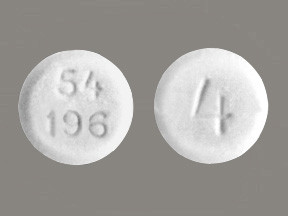
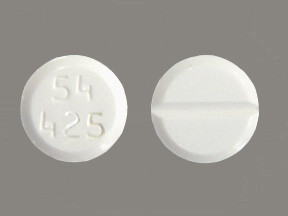

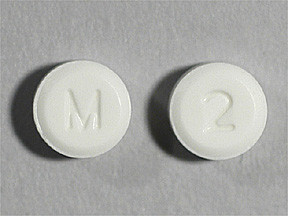

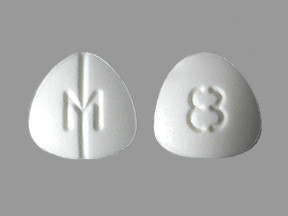
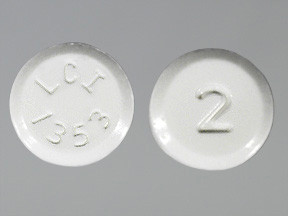
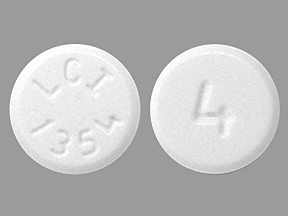
No Reviews Yet